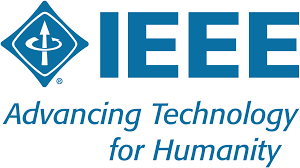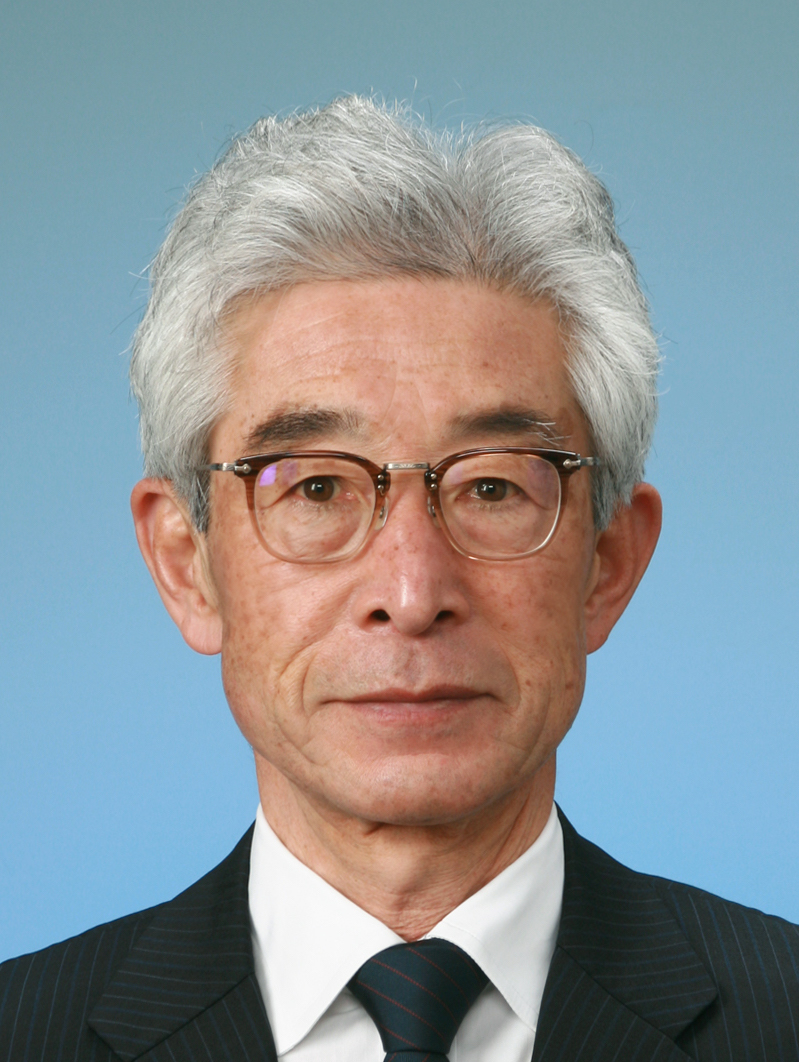Where
Scuola Superiore Sant'Anna Piazza Martiri della Libertà, 33, 56127 Pisa PI
When
May 6-9, 2025Important dates
|
Submission deadline: |
| Notification of Acceptance: |
| Camera ready manuscript due: |
Technical Co-Sponsorship
About
The 29th International Conference on Optical Network Design and Modelling (ONDM 2025) will be organized by Scuola Superiore Sant'Anna, Pisa, Italy from May 6th to May 9th, 2025.
ONDM 2025 is planned to include workshops, keynotes, tutorials, and invited talks, as well as high-quality contributed talks. The conference is expected to be highly interactive and to be a means to disseminate active and emerging areas of optical networking.
Following the tradition of past ONDM conferences, ONDM 2025 will address cutting-edge research in established areas of optical networking and their adoption in support of a wide variety of new services and applications. This includes the most recent trends such as 5G and beyond; data-centre networking; Internet of things; cloud/edge computing; content delivery; big data, data analytics, network telemetry, and real-time monitoring; autonomic networking; artificial intelligence / machine learning assisted networks; visible light networks; and quantum secured networks.
ONDM 2025 will be a great opportunity for sharing your latest academic and industrial research on optical networking.
Looking forward to receiving your submissions, and to your participation!
Luca Valcarenghi
ONDM 2025 General Chair
Keynote Speakers
Tutorial Speakers
Invited Speakers
Call for Papers
Following the path of previous editions, ONDM 2025 calls for contributions for cutting-edge research advances in optical network engineering spanning the user, control and/or management planes through the access, metro and core segments. The conference scope also includes the design and modelling of networks based on advanced photonic, packet transport and wireless technologies integrated with optical networks.
ONDM 2025’s edition motto is: Gazing at future optical networks
Communications networks and computing are expected to massively interact in the envisioned edge cloud continuum, unlocking the full potential of AI. In this scenario, optical networks will play a crucial role for enabling a low latency and high-capacity transport network. They will also benefit from the exploitation of computational resources to implement disaggregated network functions that could be easily upgraded and deployed and AI-based network management. However, the main challenge that shall be faced is how to get the best from both worlds.
This challenge calls for the development of novel optical network architectures and designs, based on optical network disaggregation models, exploiting and integrating new multidimensional photonic technologies, as well as adopting open and highly programmable hardware and software platforms that need to deal with the new spatial/band/modulation dimensions in a scalable way. The objective is to meet this challenge with improved efficiency, flexibility, availability, autonomy, security, resiliency and intelligence, while featuring real seamless integration of IP and optical layers.
The scope of the conference includes, but is not limited to, the following topics, with a special request to include scalability analysis in the work where relevant:
- Multiple optical planes vs single plane techno-economic analysis
- Multi-core optical spatial division multiplexed (SDM) networks
- Multi-band optical switching and grooming
- Benchmarking the scalability of network designs
- Zero-touch network and service management at scale
- Digital twin-based management and design
- Advances in optical network modelling and optimization
- Application of ML/AI in optical networks
- Routing and spectrum assignment in fixed and flex-grid flex-modulation optical networks
- Optical network availability, resilience, survivability, security and privacy
- Optical-packet transport
- Designing and optimizing large QKD networks
- Quantum Networks on the road to the Quantum Internet
- Optical networks exploiting photonic integrated circuits
- Visible light communications and networks
- Photonics-based Non-terrestrial networks
- Free Space Optical communication
- Optical and wireless network convergence, including radio-over-fibre access networks
- Optical networks in 6G: backhaul, midhaul and fronthaul networking
- Novel and multidimensional optical network architectures
- Multi-mode/few-modes/multi-core optical spatial division multiplexed (SDM) networks
- Novel optical node designs including disaggregation and open optical line systems
- Intra-/inter-data centre connectivity for cloud/edge computing
- Optical network control, management and orchestration including SDN and NFV solutions
- Slicing, service chaining, virtualization and multi-tenancy techniques
- Novel network telemetry and real-time monitoring technologies for optical networks
- Energy efficient and sustainable networks
- Impact of the hollow fibre revolution in network design
- Optical networking in support of vertical industries
- Field trials and interoperability demonstrations
- Network function acceleration on Smart NICs
- In-network computing
Selected ONDM2025 papers will be considered for publication in an archival journal. The selection criteria include the conference paper’s score, novelty and impact. The extensibility of the paper with significant new material is also a key requirement for inclusion in this Special Issue.
Committees
General Chair
Luca Valcarenghi
Scuola Superiore Sant'Anna, Pisa, Italy
Technical Program Committee Co-Chairs
- Andrea Sgambelluri, Scuola Superiore Sant'Anna, Pisa, Italy
- Carmen Mas Machuca, Universität der Bundeswehr München
- Raul Muñoz, Centre Tecnològic de Telecomunicacions de Catalunya, Barcelona
Publication & EDAS Co-Chairs
- Nicola Andriolli, Universitá di Pisa, Pisa, Italy
- Gianluca Davoli, Universitá di Bologna, Bologna, Italy
Publicity Co-Chairs
- Koteswararao Kondepu, Indian Institute of Technology, Dharwad, India
- Byrav Ramamurthy, University of Nebraska Lincoln, Lincoln, NE, USA
- Carlos Natalino Da Silva, Chalmers University of Technology, Gothenburg, Sweden
Web Co-Chairs
- Emilio Paolini, Scuola Superiore Sant'Anna, Pisa, Italy
- Domenico Uomo, Scuola Superiore Sant'Anna, Pisa, Italy
- Gabriele Cecchetti, Scuola Superiore Sant'Anna, Pisa, Italy
Finance Co-Chairs
- Piero Castoldi, Scuola Superiore Sant'Anna, Pisa, Italy
- Filippo Paolicchi Da Marciaso, Scuola Superiore Sant'Anna, Pisa, Italy
Workshop Co-Chairs
- Filippo Cugini, CNIT, Pisa, Italy
- Alessio Giorgetti, Universitá di Pisa, Pisa, Italy
Sponsor Co-Chairs
- Alberto Gatto, Politecnico di Milano, Milan, Italy
- Francesco Paolucci, CNIT, Pisa, Italy
Local Organization Co-Chairs
- Nicola Sambo, Scuola Superiore Sant'Anna, Pisa, Italy
- Filippo Paolicchi Da Marciaso, Scuola Superiore Sant'Anna, Pisa, Italy
- Francesca Gattai, Scuola Superiore Sant'Anna, Pisa, Italy
Technical Program Committee (TPC) Members
| Name | Affiliation | Country |
|---|---|---|
| Albert Pagès | Universitat Politècnica de Catalunya (UPC) | Spain |
| Alberto Gatto | Politecnico di Milano | Italy |
| Alejandra Beghelli Zapata | British Telecom | United Kingdom |
| Alessio Giorgetti | Universitá di Pisa | Italy |
| Amaro de Sousa | Institute of Telecommunications, University of Aveiro | Portugal |
| Annalisa Morea | Nokia | Italy |
| Andrea Bianco | Politecnico di Torino | Italy |
| Andrea Marotta | Univ. L'Aquila, Italy | Italy |
| Antonio Napoli | Nokia | Germany |
| Arash Vakili | Meta | USA |
| Ariel Leiva López | Pontificia Universidad Católica de Valparaiso | Chile |
| Behnam Shariati | Fraunhofer HHI | Germany |
| Carla Raffaelli | University of Bologna | Italy |
| Carlos Natalino | Chalmers University of Technology | Sweden |
| Chathurika Ranaweera | Deakin University | Australia |
| Cristina Rottondi | Politecnico di Torino | Italy |
| Daniel Kilper | Trinity College Dublin | Ireland |
| David Coudert | Université Côte d'Azur, Inria, CNRS, I3S | France |
| Davide Bacco | University of Florence | Italy |
| Derek Nesset | Huawei Technologies | United Kingdom |














